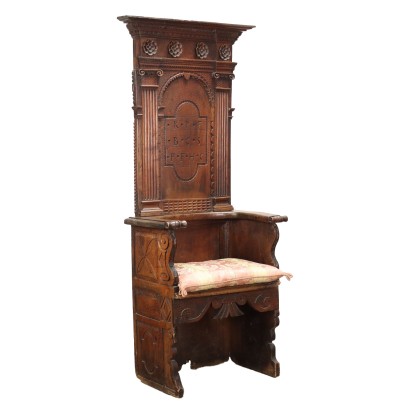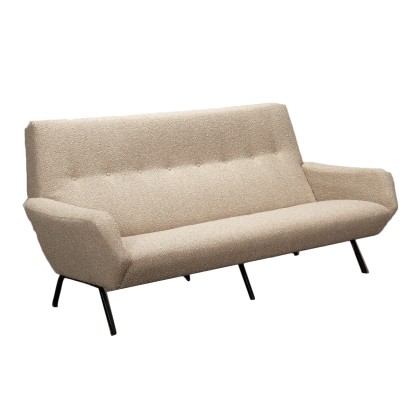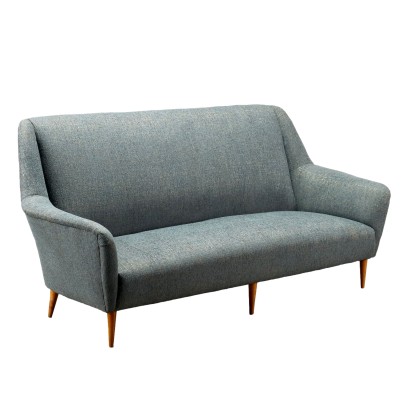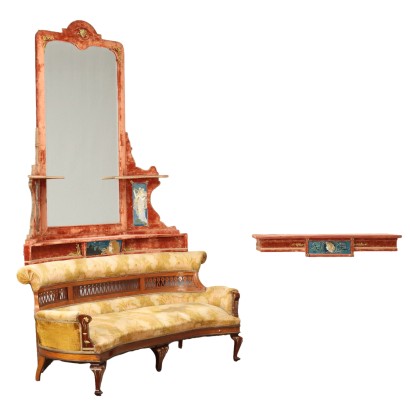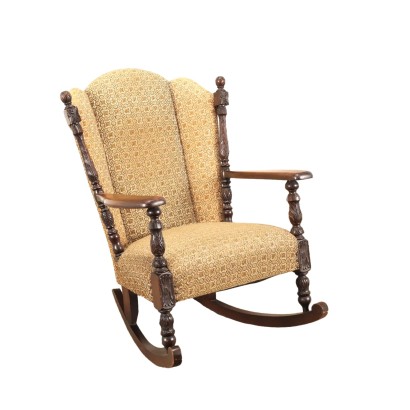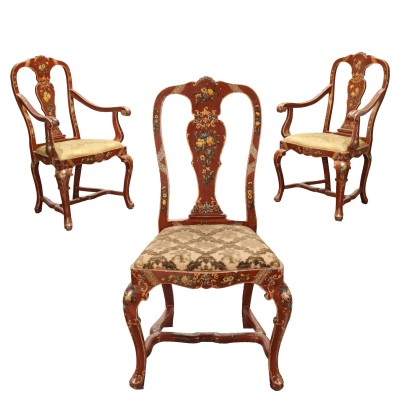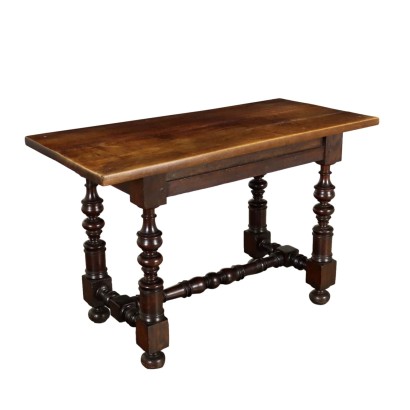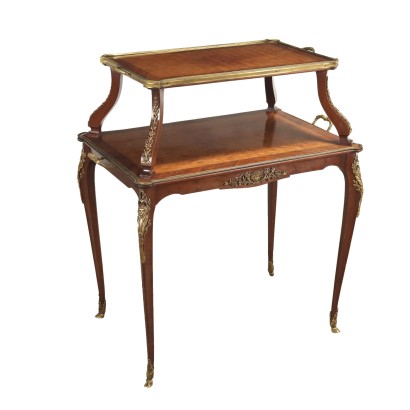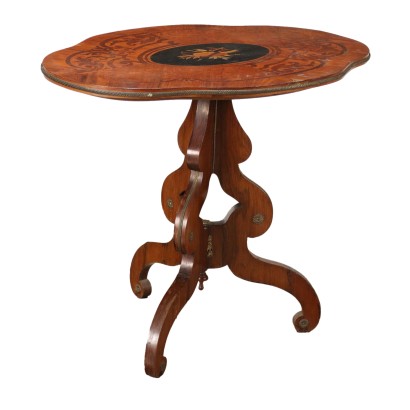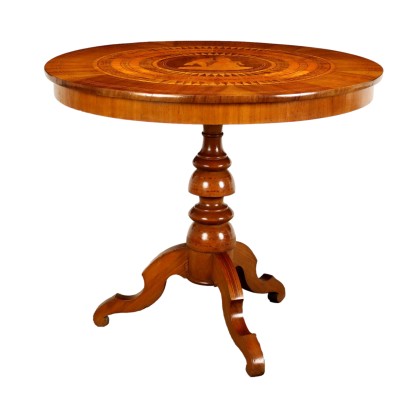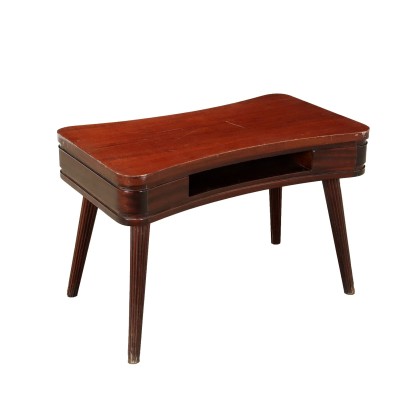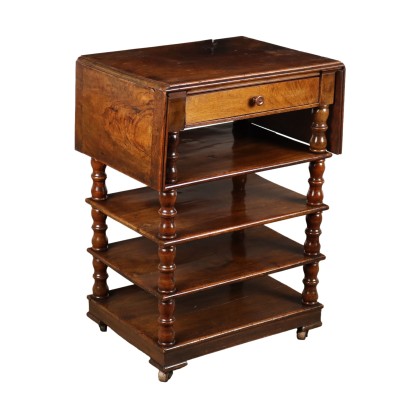Throne Late Mannerism Walnut Italy XVII Century - Northern Veneto, Early XVII Century
Features
Northern Veneto, Early XVII Century
Style: Mannerism (1520 - 1630)
Age: 17th Century / 1601 - 1700 , 16th Century / 1501 - 1600
Origin: Alto Veneto, Italy
Main essence: Walnut
Material: Padded , Carved Wood
Description
Late Mannerist chair in carved and burin decorated walnut, Upper Veneto, early 17th century. Back with upper band decorated with frets and a group of 4 applied rosettes, lateral pilaster strips with Ionic capitals enclosing the central section with a series of carved letters "RPFBCS FFHC". Seat with armrests ending in curls, sides with panels, carved apron. Equipped with a non-coeval removable cushion.
Product Condition:
Product that due to age and wear requires restoration and re-polishing. We try to present the real state of the furniture as fully as possible with photos. If some details are not clear from the photos, what is reported in the description will prevail.
Dimensions (cm):
Height: 194
Width: 80,5
Depth: 46
Seat height: 54
Additional Information
Style: Mannerism (1520 - 1630)
A complex and varied phenomenon, whose identifying features can be seen in the artists' will to resume the forms and styles of the Renaissance, however leading to an evolution.In fact, if the original will of many protagonists of this period is to produce works "in the manner of" masters such as Raphael or Michelangelo, the changed cultural conditions lead to results that some scholars have defined as "anti-Renaissance".
This is because the tendency is to go beyond the search for a representation of man and nature as realistic and orderly as possible, introducing elements that will then be fully developed in the Baroque.
Find out more with our insights:
FineArt - Mannerism
The dictionary of antiques - Savonarola



